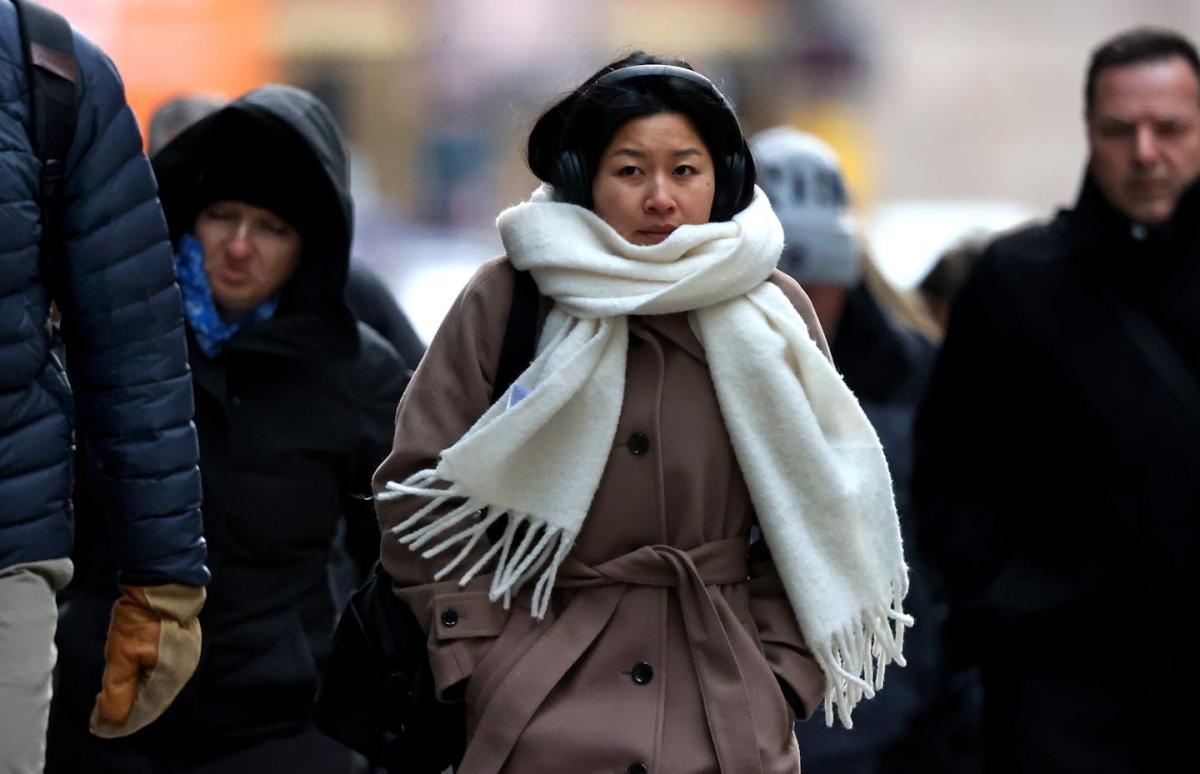Unpacking the Arctic Chill: Understanding the Recent Temperature Drop
As the latest Arctic blast sweeps across various regions, many individuals are left grappling with the sudden drop in temperatures. The phenomenon has sparked discussions about how this chilling event measures against historical norms. To gain a clearer perspective, it’s essential to delve into the specifics of this Arctic chill and analyze it through the lens of climate history. This article explores expert insights, comparisons to past weather patterns, and the broader implications of such extreme weather events.
The Nature of Arctic Blasts
An Arctic blast refers to a mass of cold air that descends from the Arctic region, bringing sharp drops in temperature, icy conditions, and, often, severe winter weather. Typically, these blasts occur when the polar vortex—the large area of low pressure and cold air surrounding the Earth’s poles—weakens, allowing frigid air to escape southward. Understanding these dynamics is crucial to contextualizing the current Arctic chill.
Current Arctic Chill: A Snapshot
As temperatures plummet across large swathes of the Northern Hemisphere, the current Arctic chill has been particularly intense. Reports indicate that some areas are experiencing temperatures that are significantly lower than their historical averages for this time of year. For instance, regions that usually bask in milder winter conditions are now facing sub-zero temperatures, prompting concerns about public health and infrastructure.
- Temperature Records: Many areas have recorded temperatures 10 to 20 degrees Fahrenheit lower than typical for this time of year.
- Duration: This Arctic blast is expected to last longer than usual, with some forecasts suggesting that the cold air could linger for several weeks.
- Precipitation: Along with the cold, some regions are also experiencing increased snowfall, compounding the effects of the chill.
Historical Context: How Does This Blast Compare?
To truly understand how the current Arctic chill stacks up against historical norms, we must look back at past weather patterns. Historical climate data reveals that while Arctic blasts are not uncommon, their severity and frequency can vary significantly.
According to sources from the National Oceanic and Atmospheric Administration (NOAA), the average winter temperatures in many regions have gradually increased over the past century. However, this does not negate the occasional return of extreme cold events. The current Arctic chill, while severe, can be seen in the context of a larger climate trend:
- Increased Variability: Studies indicate that climate change may lead to greater variability in weather patterns, resulting in more frequent and intense cold snaps interspersed with milder periods.
- Historical Comparisons: The last major Arctic blast of similar intensity occurred in the winter of 2013-2014, when the polar vortex brought record low temperatures to many parts of the United States.
- Regional Differences: Not all regions experience Arctic blasts equally; areas closer to the poles tend to feel the brunt, while more temperate regions may only experience milder impacts.
Insights from Meteorologists
Experts in meteorology have been closely monitoring the current Arctic chill, providing valuable insights into its origins and potential impacts. According to Dr. Jennifer Francis, a leading climatologist, “The current Arctic blast is a manifestation of the changes we are observing in the polar regions. The warming Arctic is disrupting traditional weather patterns, leading to more extreme events.” This perspective highlights the intricate relationship between climate change and extreme weather.
Additionally, meteorologists emphasize the importance of preparedness during such events. The sudden temperature drops can pose serious risks, including:
- Health Risks: Extreme cold can lead to hypothermia, frostbite, and other cold-related illnesses, particularly among vulnerable populations.
- Infrastructure Challenges: The cold can cause pipes to freeze, roads to become treacherous, and power outages to occur due to increased demand for heating.
- Transportation Disruptions: Airports and transit systems may face significant delays and cancellations, affecting both passenger travel and freight logistics.
The Broader Implications of the Arctic Chill
As we unpack the Arctic chill, it’s essential to consider the broader implications of such weather patterns. While the immediate effects are tangible—cold temperatures, snowfall, and potential hazards—the long-term consequences may be even more significant.
One of the critical takeaways from this event is the need for enhanced climate resilience. Communities must adapt to the increasing likelihood of extreme weather events, which can include:
- Infrastructure Improvements: Investing in weather-resistant infrastructure can help mitigate the impacts of severe weather.
- Public Awareness: Educating the public on how to prepare for extreme cold can save lives and reduce health risks.
- Policy Changes: Policymakers may need to consider how climate change is affecting local weather patterns, leading to more informed decisions regarding emergency preparedness and climate action.
Looking Forward: The Future of Arctic Blasts
As we continue to experience the effects of climate change, the frequency and intensity of Arctic blasts may evolve. While we cannot predict the weather with absolute certainty, understanding the trends can help us prepare for the future.
In conclusion, the current Arctic chill is a stark reminder of the complexities of our climate system. By unpacking this phenomenon and comparing it to historical norms, we gain valuable insights into the shifting patterns of our weather. As we brace for the cold, let us also reflect on the need for a proactive approach towards climate resilience, ensuring that we are prepared for whatever comes next.
In the end, while the Arctic chill may be uncomfortable, it also serves as a catalyst for important discussions about our climate and the actions we must take to safeguard our communities.
See more Your Daily Weather



